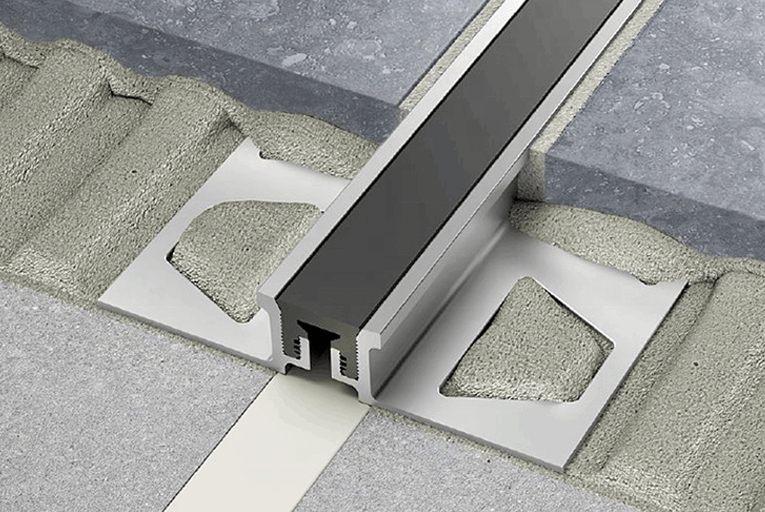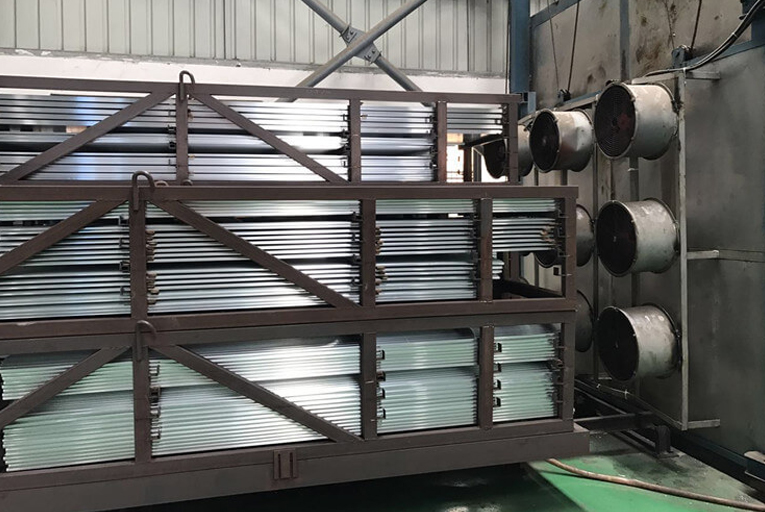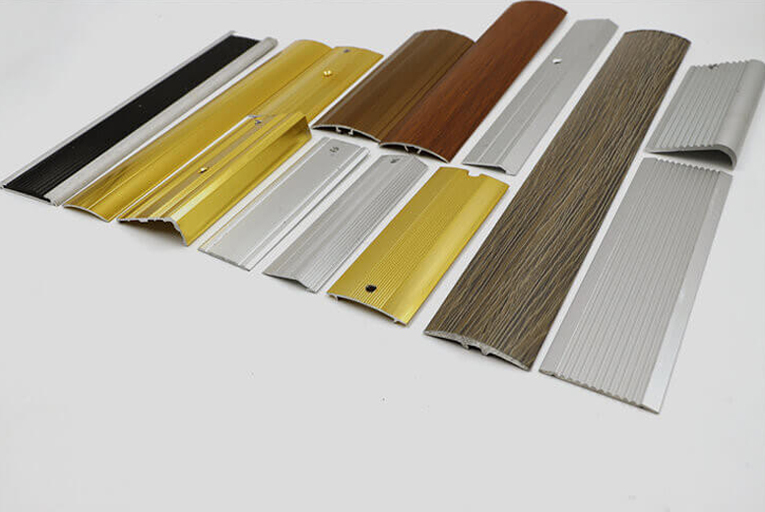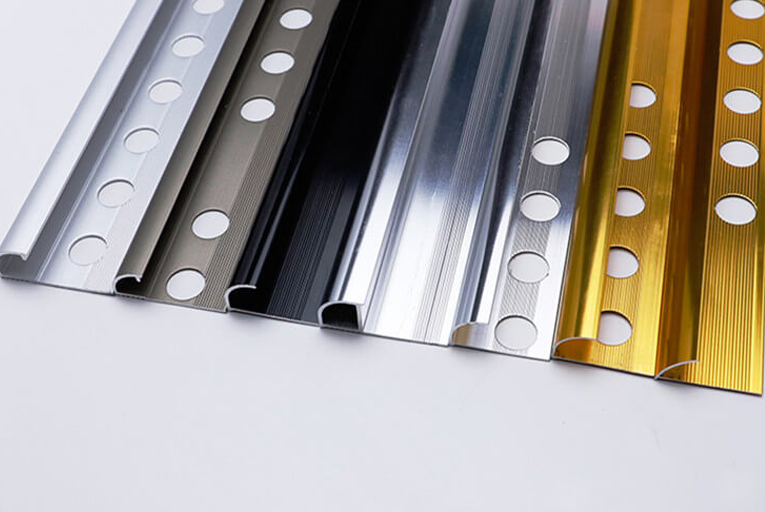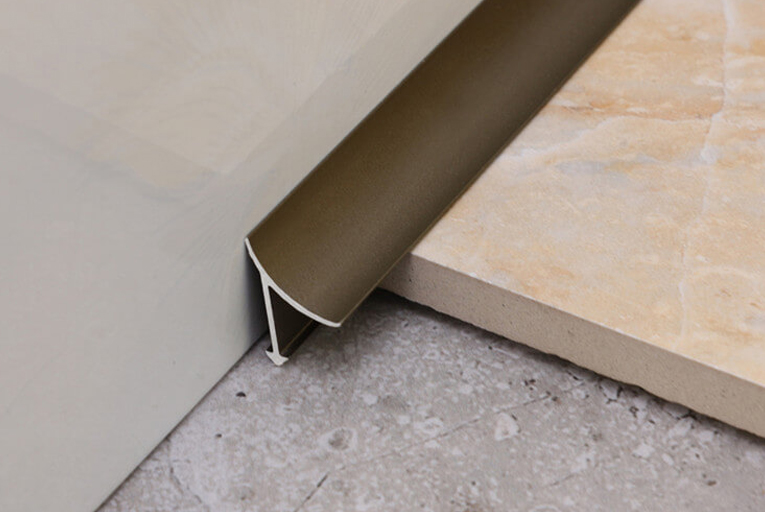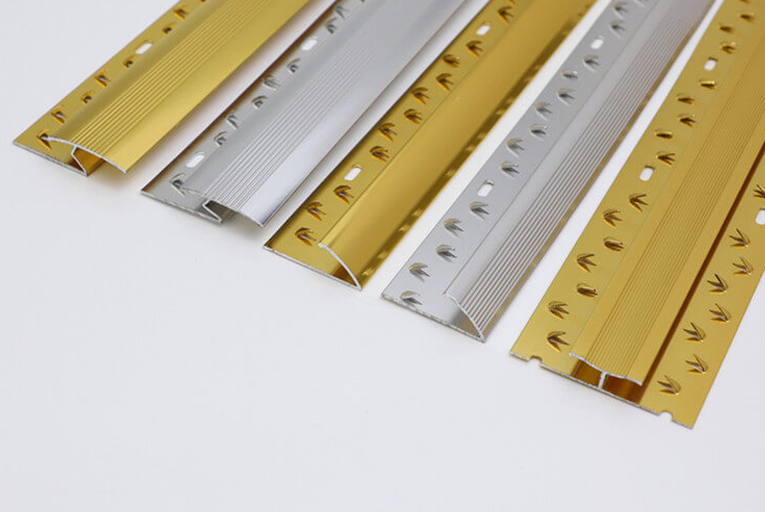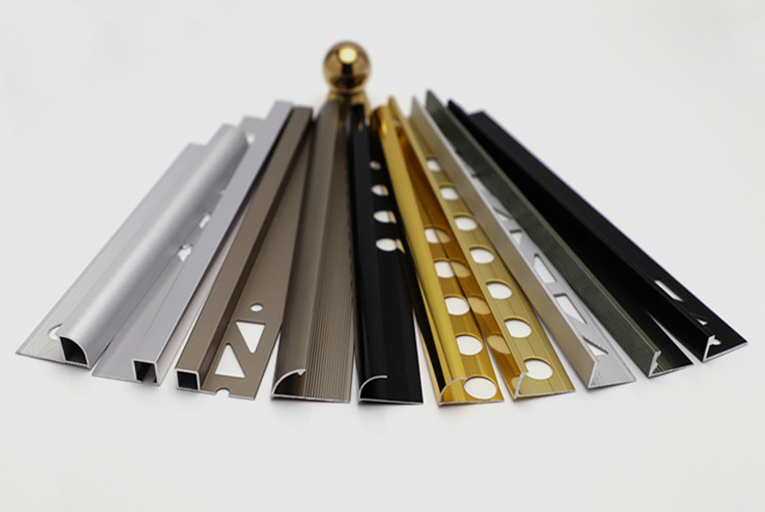Troubleshooting Common Issues with Tile Transition Strips
Transition strips serve as a vital junction between flooring materials, ensuring a smooth and seamless transition from one surface to another. However, these strips can occasionally encounter issues that compromise their functionality. This article provides comprehensive troubleshooting guidance to resolve common problems associated with tile transition strips.
Gaps Between Strip and Tile
Cause: Improper installation or movement of the tiles or strip.
Solution:
Ensure the subfloor is level and the tiles are securely adhered.
Adjust the screws or nails holding the transition strip to eliminate any gaps.
Apply a thin layer of caulk or grout to fill any remaining spaces.
Loose or Shaking Transition Strip
Cause: Insufficient fastening or wear and tear.
Solution:
Tighten the screws or nails securing the strip to the subfloor.
Replace any loose or damaged fasteners.
If the strip is old or damaged, consider replacing it with a new one.
Cracking or Breaking Transition Strip
Cause: Excessive weight or impact, or poor-quality material.
Solution:
Ensure the transition strip is properly supported and not subject to excessive loads.
Consider using a heavier-duty or more durable transition strip if necessary.
Replace the damaged strip with a new one that is made of a more resilient material.
Uneven Surface or Lippage
Cause: Incorrect installation or differences in tile thickness.
Solution:
Ensure the tiles are level and flush with each other before installing the transition strip.
Use a level to check the strip’s positioning and make any necessary adjustments.
If there is a significant difference in tile thickness, use a self-leveling compound or adjust the subfloor to create a more even surface.
Rust or Discoloration
Cause: Moisture exposure or corrosive materials.
Solution:
Install the transition strip in a well-ventilated area to prevent moisture accumulation.
Choose a non-corrosive transition strip, especially in areas prone to moisture.
Apply a sealant to the strip to protect it from rust and discoloration.
Preventing Future Issues
To minimize the occurrence of common issues with tile transition strips, follow these preventive measures:
Ensure the subfloor is properly prepared and leveled before installing tiles and transition strips.
Use quality materials and installation techniques to ensure durability and longevity.
Seal the transition strip to prevent moisture penetration.
Avoid placing heavy objects or furniture on or near the transition strip.
Regularly inspect the transition strip for any signs of damage or wear, and address any issues promptly.
By troubleshooting and resolving common issues with tile transition strips, you can maintain their functionality and ensure a smooth and seamless transition between flooring materials, enhancing the overall aesthetics and durability of your home.
-
Difference Between Sandblasting and Anodizing Surface Treatment of Aluminum Tile Trim
2022-02-09 -
The Different Uses of Tile Outside Corner Edging Trim and Inside Corner Edging Trim
2022-02-09 -
The Most Popular 5 Different Materials of Tile Trim Line
2022-02-09 -
What is Carpet Cover Trim?
2022-02-09 -
The 6 Hottest Tile Trim Solutions for 2021
2022-02-09 -
How to Install Tile Trims Line?
2022-02-09
